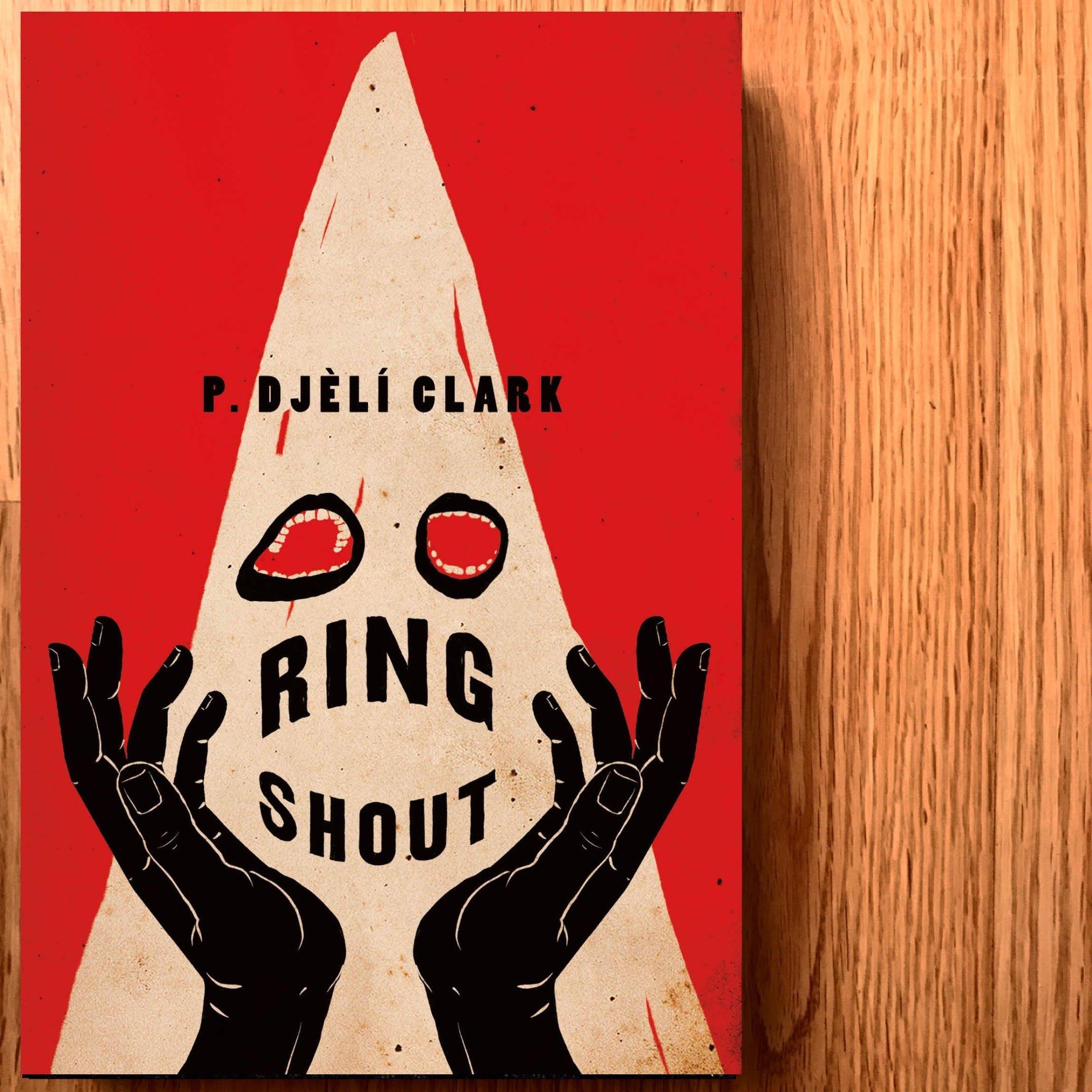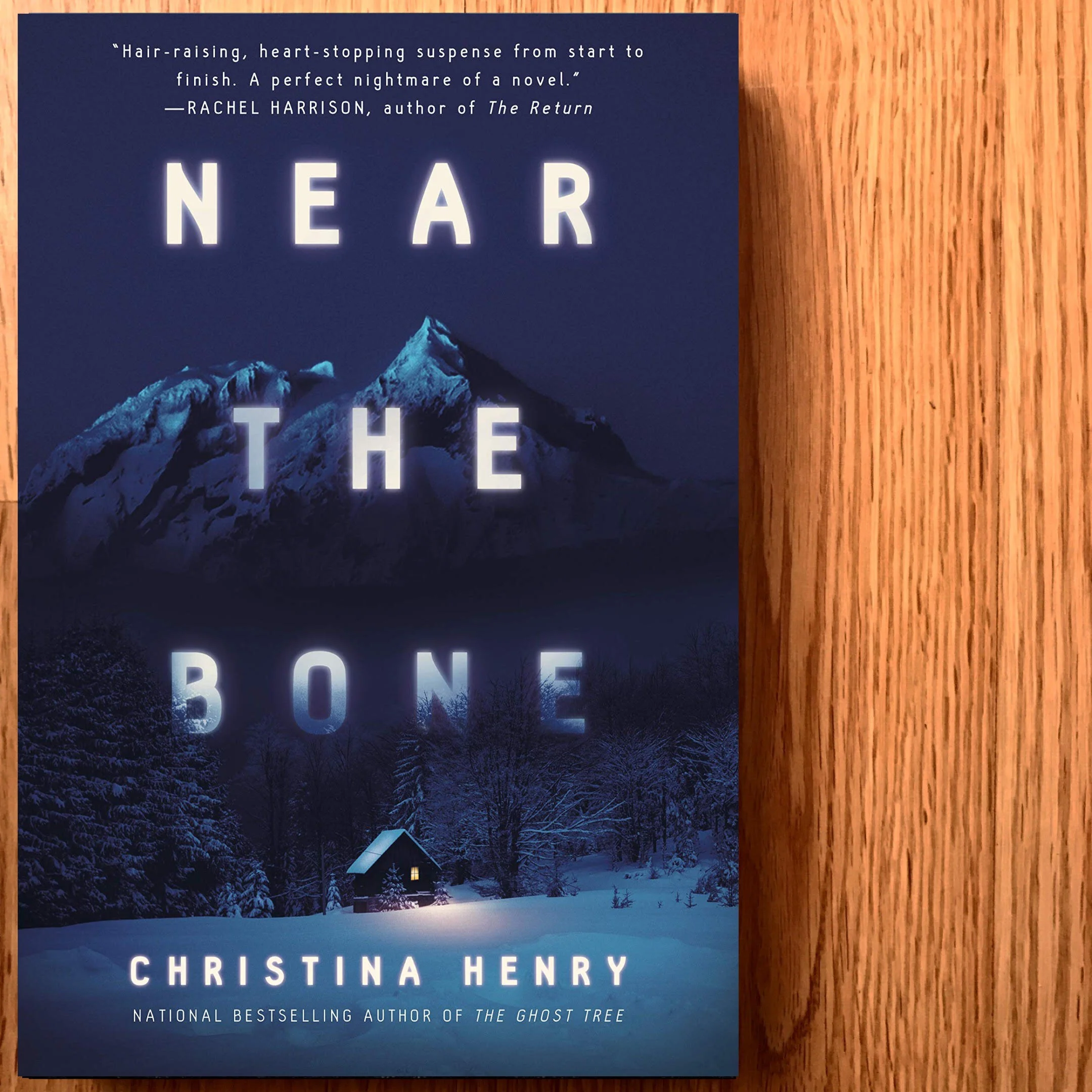By Sara Hailstone
Bad Cree is a debut novel by Jessica Johns and is a riveting account of one young woman’s confrontation with the supernatural and tragic events that caused the death of her sister, Sabrina. Set in Northern Alberta and Treaty 8 land, it tells the story of Mackenzie, who confronts the ability to transcend dream-time after she begins bringing physical remnants from the nightmares surrounding her sister’s death into her waking reality. Amongst the female familial bonds of aunties and cousins, Johns presents an empowering narrative of a family of women with strong matrilineal roots facing an enemy within the realm of the supernatural.
Jessica Johns is a member of Sucker Creek First Nation in Treaty 8 territory in Northern Alberta. As an interdisciplinary artist and writer, she has had pieces published in various magazines and anthologies. Johns is on the editorial board for GUTS—An Anti-Colonial Feminist Magazine and she sits on the advisory board for the Indigenous Brilliance reading series. This novel evolved from a short story titled Bad Cree that won the 2020 Writers’ Trust McClelland & Stewart Journey Prize.
The reader ventures with Mackenzie through nightmares to the lake where the family spent time in the past with their kokum, who has also crossed over. We witness Mackenzie intervening in an attack of her sister’s body by a murder of crows and bringing a severed crow’s head back to the waking world. In another episode she is thrown in water and almost drowns, waking drenched and coughing. In preparing for the nightmares, Mackenzie’s family come together to help her journey into the subconscious realm.
The strength of the novel lies in its underlying theme of the power of women and family to support each other through trauma. Further, Johns successfully weaves together a narrative of interconnectivity with her treatment of the physical environment, community, and characters. I took away from the novel a coming-to-know journey of spiritual alliance with animals like the crows. Initially interpreted as threatening, Mackenzie learns that they are guiding and protecting forces. These themes address current conversations surrounding land, environmentalism, reclamation of walking in balance with nature and portrays a journey only possible with the healing and embracing of feminine connections in the novel.
I highly recommend Bad Cree and can see this novel being added to course outlines and taught alongside novels like Monkey Beach by Eden Robinson. Johns has contributed her voice and creative literary interpretation to a growing repertoire of Indigenous voices in Canadian society and beyond.
Thank you to HarperCollins for the complimentary copy in exchange for an honest review!












